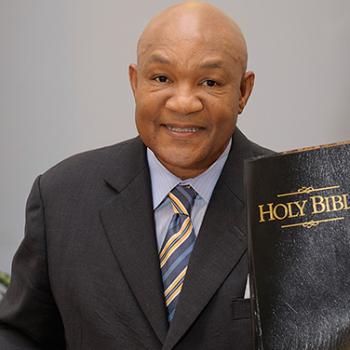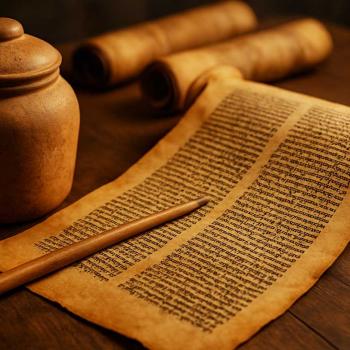As Watson goes on, he notes Dunn’s early and fundamental attacks on Sanders’s reading of Paul. Dunn argues that Sanders treats Paul as an un-Jewish theologian, rejecting not only covenant nomism but the whole apparatus of covenantal, biblical theology that the Jews built from. Dunn insists that Paul opposes covenant nomism (in Watson’s words) “on the basis of an expanded, inclusive, but still recognizably Jewish covenantal theology.” Wright has made similar criticisms of Sanders, adding that Sanders’s view is vitiated... Read more



















